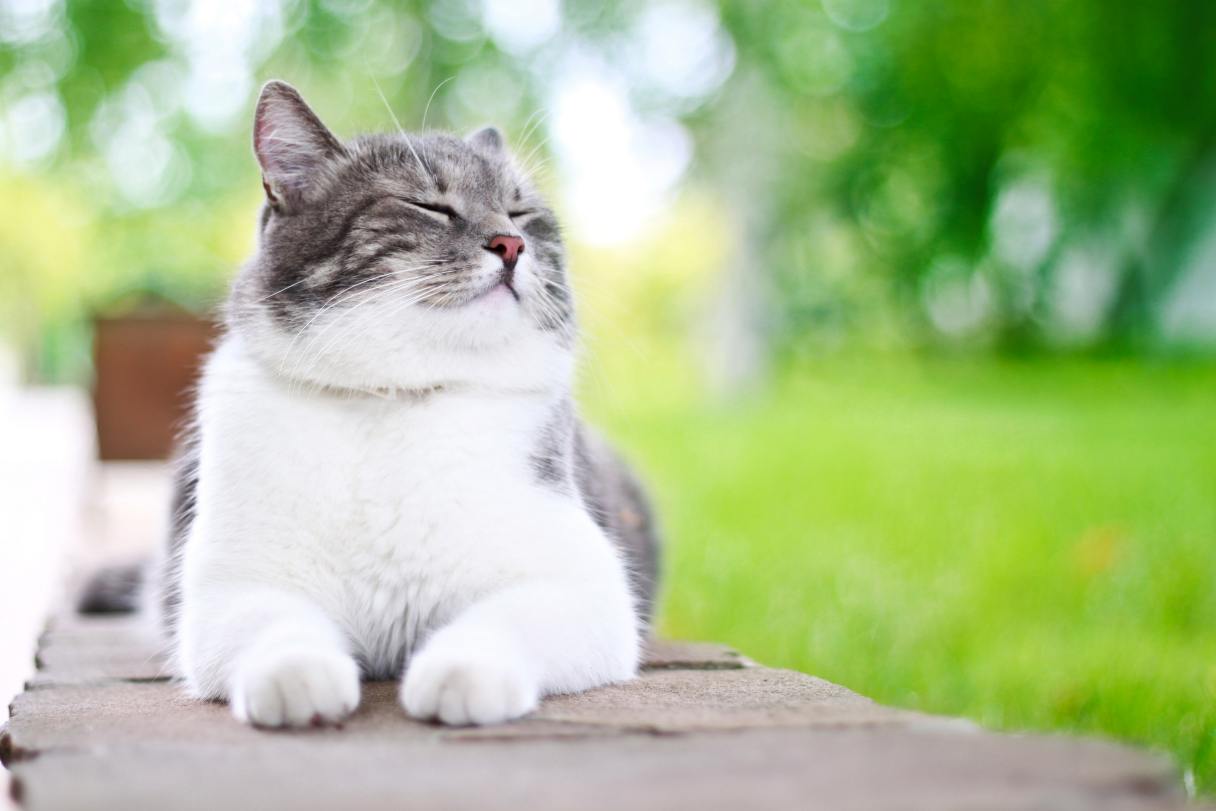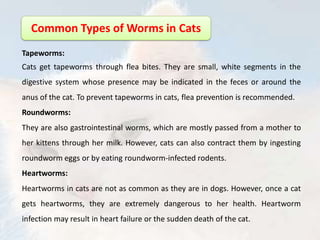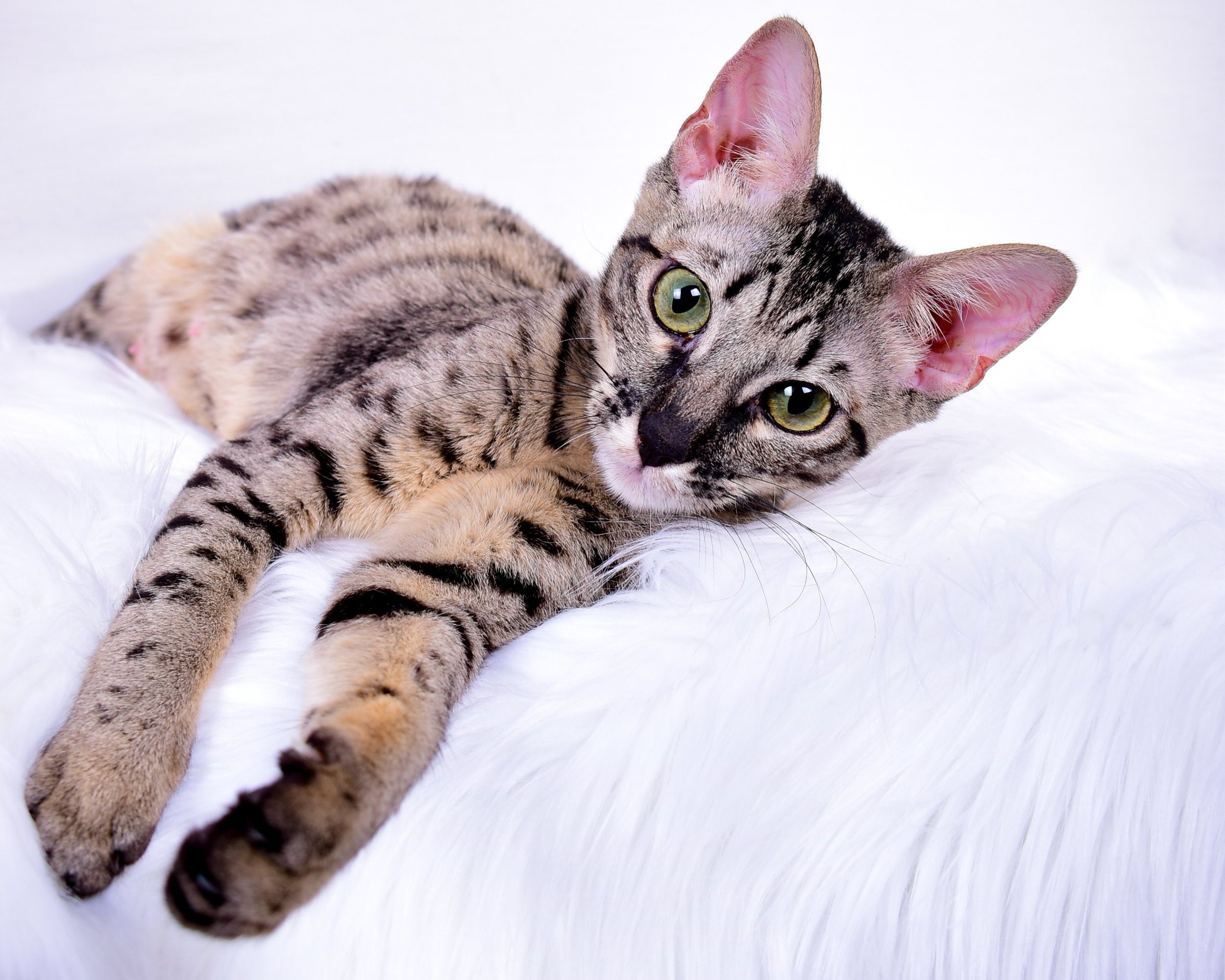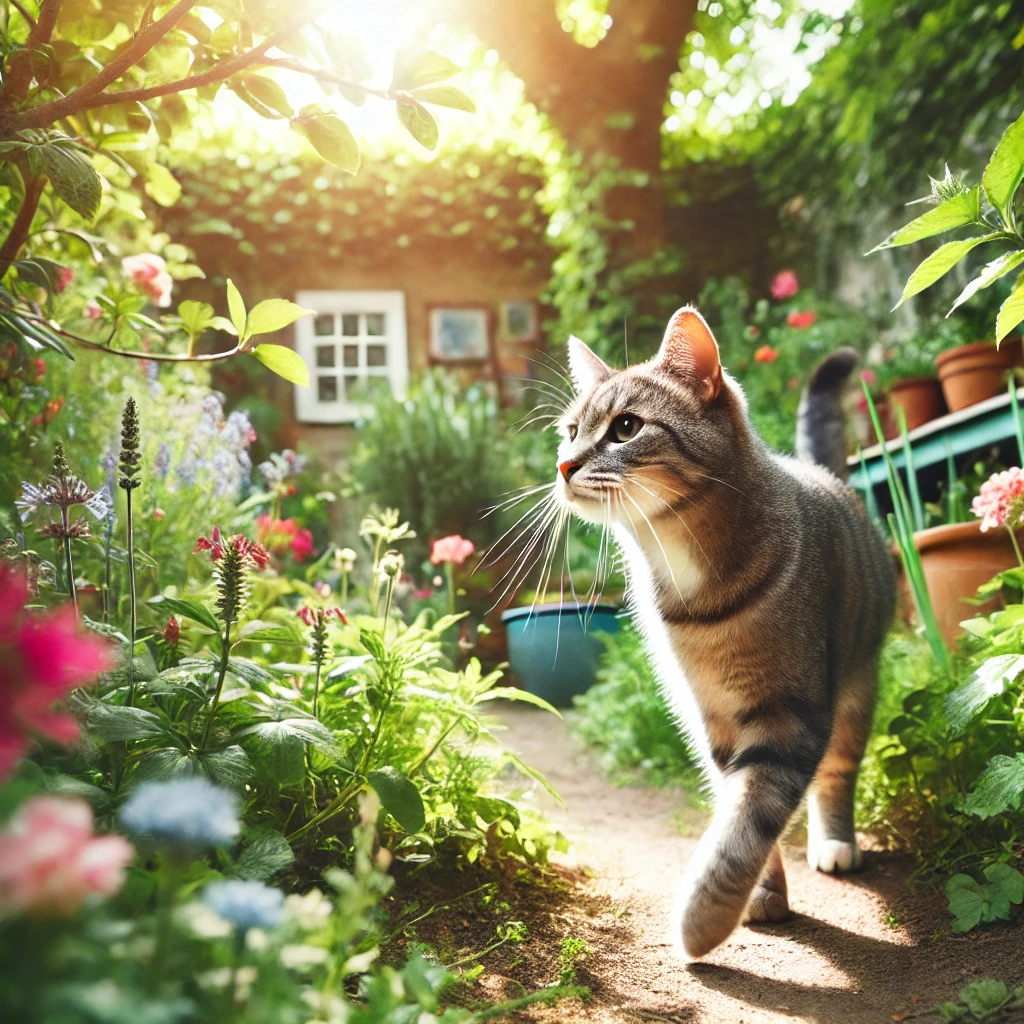Cats commonly face health issues like dental disease, obesity, and urinary tract infections. Recognize symptoms early to ensure prompt treatment.
Cats are beloved pets that bring joy to many households. Ensuring their health is essential for their well-being and longevity. Common health problems in cats include dental disease, obesity, and urinary tract infections. Dental disease can lead to pain and loss of teeth if untreated.
Obesity increases the risk of diabetes and joint issues. Urinary tract infections can cause discomfort and lead to more severe complications. Recognizing symptoms like bad breath, weight gain, and frequent urination can help in early detection. Regular vet check-ups, a balanced diet, and proper hygiene are vital preventive measures. Keeping a close eye on your cat’s health can ensure a happy and healthy life for your feline friend.
Introduction To Feline Health
Cats bring joy and companionship to many households. Maintaining their health ensures they live long and happy lives. Understanding common cat health issues, recognizing early symptoms, and providing regular check-ups are crucial for their well-being.
Importance Of Recognizing Early Symptoms
Recognizing early symptoms of health issues can save your cat’s life. Cats often hide signs of illness. Early detection means easier and more effective treatment. Look for changes in behavior, eating habits, and litter box use.
- Decreased appetite
- Weight loss or gain
- Excessive grooming or hair loss
- Frequent vomiting or diarrhea
- Changes in water consumption
Regular Check-ups And Preventative Care
Regular check-ups are vital for your cat’s health. Vets can detect problems early during these visits. Schedule annual or semi-annual check-ups. These visits include vaccinations, dental care, and general health assessments.
| Preventative Measure | Frequency |
|---|---|
| Vaccinations | Annually |
| Dental Cleaning | Annually |
| Weight Monitoring | Monthly |
Preventative care includes a balanced diet and regular exercise. Feed your cat high-quality food. Provide toys and activities to keep them active. This helps prevent obesity and related health issues.
By being proactive, you can ensure your cat stays healthy and happy. Regular check-ups and monitoring are key to their well-being.

Credit: www.carecredit.com
Dental Disease In Cats
Dental disease is a common health issue in cats. It can lead to pain and other serious health problems. Understanding how to recognize and prevent dental disease is crucial for your cat’s wellbeing.
Identifying Dental Problems
Cats often hide their pain. So, it is vital to look for signs of dental issues. Common signs include:
- Bad breath
- Drooling
- Difficulty eating
- Red or swollen gums
- Loose or missing teeth
If you notice these signs, consult your vet. Early detection can prevent more severe problems.
Preventive Measures And Treatments
Preventive care is the best way to avoid dental disease. Here are some effective measures:
- Regular dental check-ups with your vet
- Daily brushing of your cat’s teeth
- Feeding dental health-specific food
- Providing dental treats and toys
Your vet may recommend professional cleanings. These cleanings remove plaque and tartar. They help keep your cat’s mouth healthy.
In some cases, your cat may need antibiotics or other medications. Always follow your vet’s advice for the best outcomes.
Obesity: A Growing Concern
Obesity in cats is a significant health issue. Overweight cats face many health risks. These include diabetes, arthritis, and liver disease. Recognizing and preventing obesity is crucial for your cat’s well-being.
Causes Of Weight Gain
Several factors contribute to weight gain in cats:
- Overfeeding: Feeding too much or giving high-calorie treats.
- Inactivity: Lack of exercise leads to weight gain.
- Age: Older cats are less active and gain weight easier.
- Genetics: Some breeds are prone to obesity.
- Medical Conditions: Hypothyroidism and other issues can cause weight gain.
Managing Your Cat’s Diet And Exercise
Proper diet and exercise are essential in managing your cat’s weight:
- Balanced Diet: Feed high-quality, balanced cat food. Avoid table scraps and excessive treats.
- Portion Control: Follow feeding guidelines on cat food packaging.
- Regular Exercise: Encourage play with toys like laser pointers and feather wands.
- Scheduled Feeding: Set specific feeding times instead of free-feeding.
- Monitor Weight: Weigh your cat regularly and keep a record.
Creating a routine that includes diet and exercise will help keep your cat healthy.
Chronic Kidney Disease
Chronic Kidney Disease (CKD) is a common ailment in older cats. This condition occurs when the kidneys gradually lose their ability to function properly. Recognizing and managing CKD early can greatly improve a cat’s quality of life.
Signs Of Kidney Issues
Recognizing the signs of kidney issues in cats is crucial. Common symptoms include:
- Increased thirst and urination
- Weight loss and decreased appetite
- Vomiting and diarrhea
- Bad breath with a chemical smell
- Lethargy and weakness
- Poor coat condition
These symptoms can be subtle at first. Regular vet check-ups can help detect CKD early.
Management And Diet Adjustments
Managing CKD involves a combination of medication and diet changes. Vets often recommend a diet low in phosphorus and protein. This helps reduce the workload on the kidneys.
| Diet Component | Recommended Foods |
|---|---|
| Low Phosphorus | Special renal diets |
| Low Protein | Prescription kidney diets |
| High Moisture | Canned food and wet diets |
Encouraging your cat to drink more water is also vital. Use water fountains or add water to their food.
Medications may include phosphate binders and blood pressure control drugs. Regular vet visits are essential to monitor the disease’s progress.
Feline Lower Urinary Tract Diseases (flutd)
Feline Lower Urinary Tract Diseases, or FLUTD, is a common ailment in cats. It affects the bladder and urethra. Cats of any age can develop FLUTD. If untreated, FLUTD can cause serious health problems.
Symptoms Of Flutd
Recognizing the symptoms of FLUTD is crucial for early treatment. Look for the following signs:
- Straining to urinate
- Frequent trips to the litter box
- Blood in the urine
- Crying out in pain while urinating
- Urinating outside the litter box
- Licking the genital area excessively
If your cat shows any of these symptoms, consult your vet immediately.
Dietary Changes And Stress Reduction
Diet plays a significant role in managing FLUTD. Feeding your cat a high-quality diet can help prevent urinary issues. Wet food is often better than dry food. It ensures your cat gets enough moisture.
Stress is another factor in FLUTD. Reduce stress in your cat’s environment by:
- Providing a quiet and safe space
- Ensuring access to fresh water
- Using pheromone diffusers
- Maintaining a clean litter box
Combining a proper diet with stress reduction techniques can help keep FLUTD at bay.
Parasitic Infections
Parasitic infections are common in cats. These parasites can cause severe health problems. Knowing the signs and preventing them is essential for your cat’s health.
Common Parasites In Cats
Cats can be affected by several types of parasites. These include:
- Fleas: These tiny insects live on your cat’s skin. They suck blood and cause itching. Severe infestations can lead to anemia.
- Ticks: Ticks are larger than fleas. They attach themselves to your cat’s skin and feed on blood. Ticks can transmit diseases.
- Ear Mites: These parasites live in the ear canal. They cause itching and discomfort. Look for black or brown discharge.
- Roundworms: These worms live in the intestines. They can cause weight loss and diarrhea. Kittens are especially at risk.
- Tapeworms: Tapeworms also live in the intestines. They can cause weight loss and vomiting. You may see segments in the cat’s stool.
Preventive Treatments
Preventing parasitic infections is crucial. Here are some treatments:
| Type of Parasite | Preventive Treatment |
|---|---|
| Fleas | Topical treatments, flea collars, oral medications |
| Ticks | Tick collars, spot-on treatments, oral medications |
| Ear Mites | Ear drops, topical treatments |
| Roundworms | Oral dewormers, regular vet check-ups |
| Tapeworms | Oral dewormers, flea control |
Regular vet visits are important. Your vet can recommend the best treatments. Keep your cat’s environment clean to reduce the risk of parasites.
Vaccination And Preventable Diseases
Vaccinations play a crucial role in ensuring your cat’s health. They protect cats from a range of dangerous and potentially fatal diseases. Preventable diseases can cause significant harm to your pet. Vaccines are a proven method to keep them safe. Understanding which vaccines are essential and recognizing any post-vaccination issues is key to maintaining your cat’s health.
Core Vaccines For Cats
Core vaccines are essential for all cats. These include:
- Feline Herpesvirus (FHV-1): Protects against respiratory infections.
- Feline Calicivirus (FCV): Guards against respiratory issues and oral diseases.
- Feline Panleukopenia (FPV): Prevents a highly contagious and deadly disease.
- Rabies: Required by law in many regions to protect against rabies.
Administer these vaccines to kittens starting at six to eight weeks of age. Follow up with booster shots as recommended by your vet.
Recognizing Post-vaccination Issues
Post-vaccination reactions can occur. Monitor your cat for any signs of discomfort or unusual behavior. Common issues include:
- Mild fever: Your cat may feel warm to the touch.
- Lethargy: Your cat might sleep more than usual.
- Reduced appetite: Your cat may eat less for a day or two.
- Swelling at injection site: A small lump may form where the shot was given.
Severe reactions are rare but require immediate veterinary attention. Watch for:
- Difficulty breathing: Rapid or labored breathing.
- Vomiting or diarrhea: Persistent or severe gastrointestinal upset.
- Facial swelling: Swelling around the eyes, lips, or neck.
- Collapse: Your cat may appear weak or unresponsive.
Contact your vet if any severe symptoms appear. Early intervention can prevent complications.

Credit: www.woah.org
Skin Conditions And Allergies
Cats often face various skin conditions and allergies. Recognizing and managing these issues is crucial for your cat’s well-being. This section highlights common skin issues in cats and provides tips for allergy management and care.
Common Skin Issues
Common skin problems in cats include fleas, mites, and fungal infections. These issues can cause your cat significant discomfort.
- Fleas: Fleas cause itching and redness. Check for small black specks in your cat’s fur.
- Mites: Ear mites are common. They cause scratching and head shaking.
- Fungal Infections: Ringworm is a common fungal infection. Look for circular patches of hair loss.
Regular grooming and vet check-ups can help detect these issues early.
Allergy Management And Care
Cats can be allergic to various substances. Common allergens include certain foods, pollen, and dust. Identifying the allergen is the first step in managing allergies.
- Observe your cat for signs like itching, sneezing, or digestive issues.
- Consult your vet for allergy testing.
- Follow a treatment plan which may include special diets or medications.
Keep your home clean and allergen-free. Use air purifiers and hypoallergenic products to help your cat stay healthy.
Behavioral And Mental Health
Cats, like humans, can suffer from various behavioral and mental health issues. Recognizing and addressing these issues early can ensure your cat stays happy and healthy. This section will cover some common triggers and solutions.
Stress And Anxiety Triggers
Cats can get stressed and anxious due to several reasons. Common triggers include changes in the environment, new pets or family members, and loud noises. Cats are creatures of habit and any disruption can cause them stress.
- Changes in Routine: Moving homes or changing their daily routine.
- New Additions: Introducing new pets or people in the house.
- Environmental Changes: Loud noises, new furniture, or different smells.
Signs of stress in cats include hiding, reduced appetite, excessive grooming, and aggressive behavior. Recognizing these signs early can help in taking appropriate action.
Environmental Enrichment For Well-being
Providing a stimulating environment can improve your cat’s mental health. Environmental enrichment helps reduce stress and anxiety by keeping them engaged.
Here are some ways to enrich your cat’s environment:
- Toys: Interactive toys can keep your cat entertained.
- Scratching Posts: These help cats release stress and exercise.
- Perches: Cats love to climb and observe their surroundings.
- Hideaways: Safe spaces where they can retreat and relax.
Interactive play sessions also help strengthen the bond between you and your cat. Regular play can significantly improve their mental health.
By understanding these triggers and solutions, you can help your cat lead a happier, stress-free life.
Conclusion: A Healthy Cat Is A Happy Cat
Ensuring your cat’s health is vital for their happiness. Recognizing and preventing common health issues can keep your cat joyful. Understanding how to care for your cat helps them live a full life. Below, we summarize key prevention tips and highlight the importance of attentive care.
Summary Of Prevention Tips
- Regular Vet Visits: Schedule annual check-ups to catch issues early.
- Vaccinations: Keep your cat’s vaccinations up-to-date.
- Balanced Diet: Provide high-quality, nutritious food.
- Hydration: Ensure your cat always has access to fresh water.
- Parasite Control: Use treatments for fleas, ticks, and worms regularly.
- Dental Care: Brush your cat’s teeth and provide dental treats.
- Weight Management: Monitor your cat’s weight to avoid obesity.
- Environmental Enrichment: Provide toys, scratching posts, and playtime.
- Grooming: Brush your cat regularly to prevent matting and skin issues.
The Value Of Attentive Care
Attentive care can significantly improve your cat’s quality of life. Observing your cat’s behavior helps identify health problems early. A sudden change in eating or activity levels can indicate health issues. Regular interaction strengthens your bond and ensures your cat’s emotional well-being.
Implementing preventive measures and staying vigilant about your cat’s health can prevent many problems. A healthy cat is indeed a happy cat, enjoying a life full of comfort and joy.

Credit: www.slideshare.net
Frequently Asked Questions
What Is A Common Serious Health Problem In Cats?
A common serious health problem in cats is chronic kidney disease. It often affects older cats and requires veterinary care. Early detection is crucial for effective management. Symptoms include weight loss, increased thirst, and lethargy. Regular vet check-ups can help catch this condition early.
What Is The Most Common Disease That Cats Get?
The most common disease in cats is feline lower urinary tract disease (FLUTD). It affects the bladder and urethra. Symptoms include difficulty urinating and blood in urine. Regular vet check-ups help in early detection.
How Can You Prevent Cat Disease?
Regularly vaccinate your cat. Keep their living area clean. Feed them a balanced diet. Schedule routine vet check-ups. Prevent flea and tick infestations.
What Is The Most Contagious Cat Disease?
Feline Panleukopenia Virus (FPV) is the most contagious cat disease. It spreads quickly through contact with infected cats or contaminated environments. Vaccination can help prevent it.
Conclusion
Recognizing and preventing common cat health issues is crucial for your feline friend’s well-being. Regular vet visits and a healthy diet can make a big difference. Stay vigilant for any changes in behavior or appearance. By being proactive, you can ensure your cat enjoys a long, healthy, and happy life.



